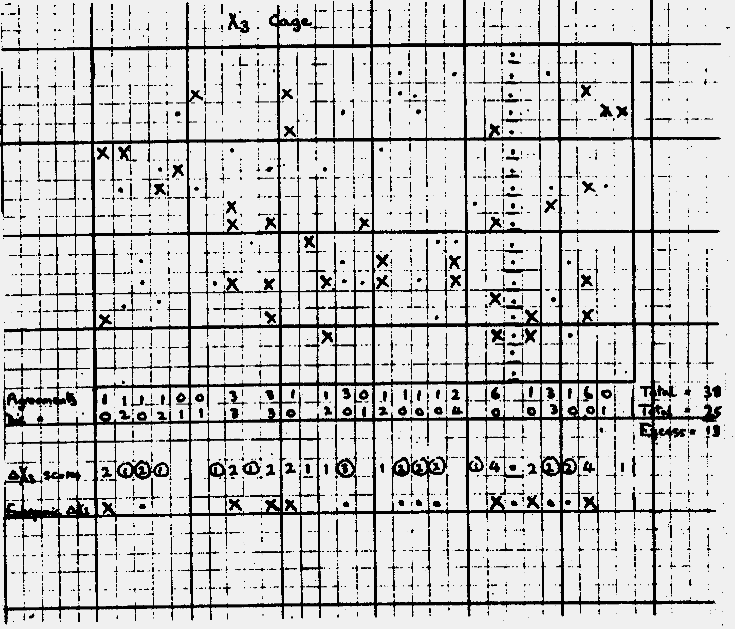The Newmanry History
Part of the General Report on Tunny (1945)
Page 314

Tony Sale's
Codes and Ciphers
The Newmanry HistoryPart of the General Report on Tunny (1945)Page 314 |
 Tony Sale's Codes and Ciphers |
| previous page | next page | index page |

�
| previous page | next page | index page |